The Gift of Tension
August 8th, 2017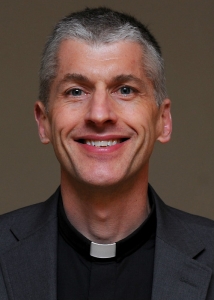 By Pastor Craig Pederson
By Pastor Craig Pederson
C’mon, it’s summer, … the season of relaxation and renewal for those who work hard the rest of the year. Time to let go of some of that tension that is ever-present in daily life. So, what am I doing talking about tension as a gift?
I lost some tension in my life recently, but not in a good way. More specifically, I knocked knees with another guy playing basketball and suffered a complete tear of my quadriceps tendon. I learned quickly how that tendon provides some pretty important tension connecting the quad muscle to the kneecap; and when it’s disconnected, the lower leg is just kind of left hanging there to do its own thing. (I won’t go into any more detail than that.) [Editor’s Note: Thanks, Craig.]
Tension holds two or more things together. Sometimes that tension is by design (like properly functioning body parts!), but sometimes it is quite unexpected and even unwanted.
I RECENTLY ATTENDED the “Rethinking Church” conference at Luther Seminary with my colleagues Deb Stehlin and John Hulden. The theme was “Better Questions, Bolder Experiments.” Tension was all over the place as the presenters talked about honoring the traditional church we’ve known and loved, yet recognizing that the structures and messages of the traditional church are not reaching our current culture.
A compelling story highlighting this tension was shared by Tod Bolsinger, author of the recent book Canoeing the Mountains. He talked about his friend who had achieved ministry success, and Bolsinger was eager to reconnect to tell him about all the cutting-edge ministry he himself was doing in the church.
Yet, within the body of Christ we often avoid tension, believing that its presence
must be a sign of weakness or discord.
When they met, however, his friend surprised him by saying he felt strongly called to a ministry of caring for the elderly. Bolsinger was a bit deflated, because he thought he was reconnecting with a kindred spirit who was fueled by the boldness of “taking the hill” and charging into new challenges. Instead, it caused Bolsinger to reexamine his own approach to pastoral ministry. But then he said this: “In the church today, if you’re faced with taking the hill or staying back to take care of grandma, you need to take the hill … and you need to take grandma with you!”
As Lutherans, we are no strangers to tension – at least in a theological sense. Martin Luther dwelled regularly in the dialectic (i.e., tension), saying we are simul justus et peccator (“simultaneously saint and sinner”), and that as Christians we are both perfectly free and subject to no one yet perfectly bound and subject to all. Luther viewed tension as a gift – to see things as both/and rather than either/or.
Yet, within the body of Christ we often avoid tension, believing that its presence must be a sign of weakness or discord. I would suggest that a lack of tension more often leads to an illusory peace and even atrophy within the body. Now more than ever, just the opposite is needed: healthy tension to strengthen Christ’s body for change and growth in order to meet the challenges of a rapidly changing world.
As you ponder and plan for the coming program year, where might the gift of tension serve your congregation well? Are there ministries where you might honor the past, but also move boldly forward to respond to the current needs and opportunities facing God’s people?
I pray for your rest and renewal this summer – and for the gift of life-giving tension in the year ahead!

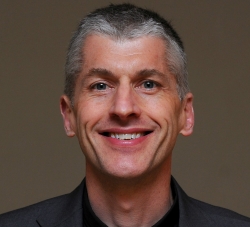
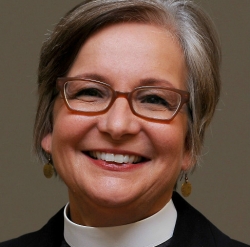
 By Rev. Deb Stehlin
By Rev. Deb Stehlin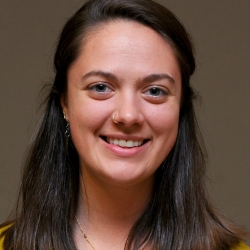
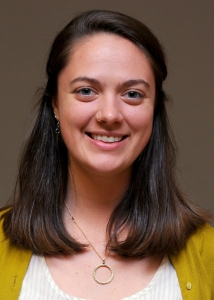 By Emilie Bouvier
By Emilie Bouvier 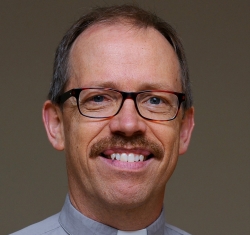
 By Pr. John Hulden
By Pr. John Hulden 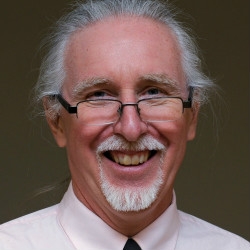
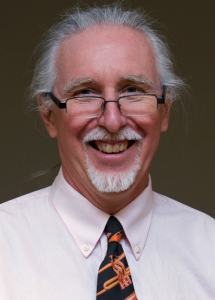 By Bob Hulteen
By Bob Hulteen
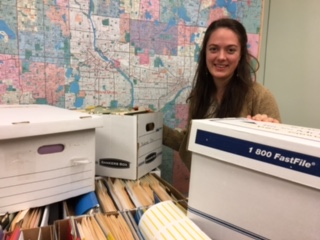
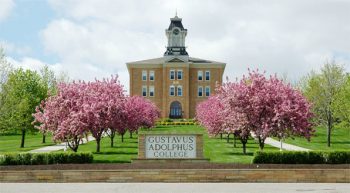
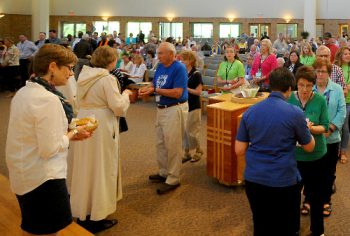 The business agenda will include budget adjustments and constitutional changes, as well as discussion of one resolution (engaging our Muslim neighbors). Since there are fewer resolutions than recent years, synod leaders are planning table discussions around a couple of issues that are before many of our congregations – racism and sanctuary congregations. Everyone has a voice in these conversations.
The business agenda will include budget adjustments and constitutional changes, as well as discussion of one resolution (engaging our Muslim neighbors). Since there are fewer resolutions than recent years, synod leaders are planning table discussions around a couple of issues that are before many of our congregations – racism and sanctuary congregations. Everyone has a voice in these conversations.